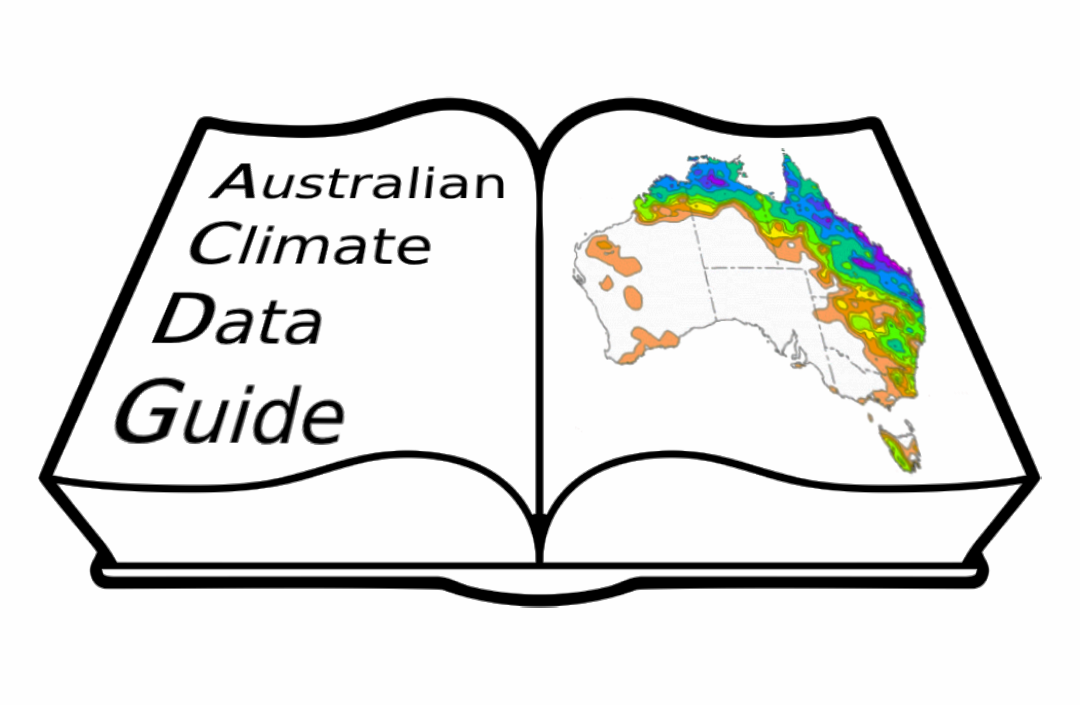Software list and advice
Software list and advice¶
There are many languages and packages available to analyse and handle data. Each has its own strengths and weaknesses, but this section of the book aims to help identify which languages/software packages are best suited to specific tasks.
To identify the best tool/s for a task the following factors should be considered:
the data: most languages and packages provide the same or overlapping functionalities, so often the data format, size and the way it is structured determines which tool is best.
the kind of analysis: some operations can be performed with several different tools, but for specific tasks you might need a specific tool, and the performance might vary significantly for different operations.
user experience: the previous experience matters, acquiring new skills is good but can take time, it can also be safer to stick with the same tool as you get to know its limitations better. The community experience is also important, i.e. it can be useful to have others around you that use the same software and can provide code and help.
Included are:
Other languages and software exist which can work with netCDF data (e.g., C, FORTRAN, ArcGIS, QGIS, paraview, panoply, Ferret, as well as the deprecated NCL), but on this page we focus on software commonly used for analysis of large scale climate data (typically netCDF).
